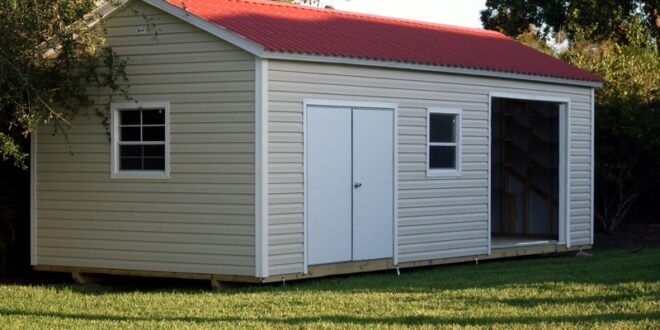If you’ve had the chance to look out the window recently you’ll have noticed that a fair bit of rain has been pounding the West Coast. So much in fact that cars have been swimming home from work.
These severe weather events are only tipped to get more frequent and powerful, putting our homes and properties under more stress than ever before. Weather-proofing your shed is essential if you want to keep your precious belongings safe from storm damage. Here are 8 ways to get the job done right.
1. Check Your Slab
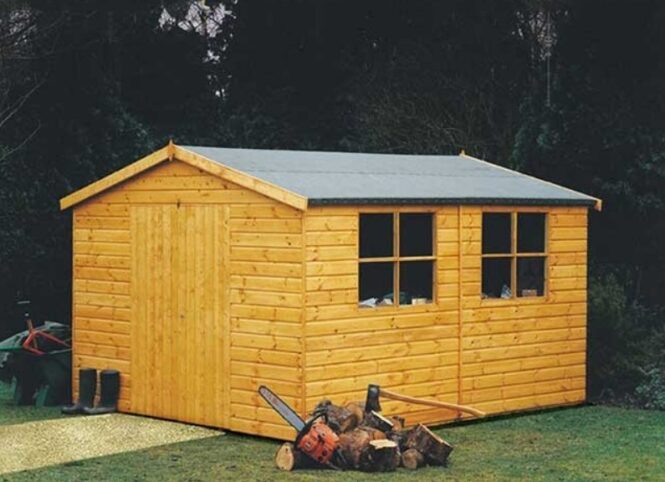
It’s good to start with the fundamentals. Your concrete slab is the basis of your shed’s integrity and will determine exactly how weatherproof it is. Any cracks, inconsistencies, or places where your shed connects with the soil or ground beneath it is a weak zone and can result in leaks, or worse flooding. You’ll also want to ensure that water doesn’t end up forming a puddle around or underneath your slab. Making sure you have proper drainage around your shed is therefore critical.
2. Do a Roof Inspection
Grab a ladder and go have a good look. If you’re feeling like doing a comprehensive check, grab a hose and give it a good spray to see if any drops make it through. Chances are if your hose can create a leak, then a winter storm will be far, far worse. To help in your inspection check where the weather comes from (mainly south/southwest for Perth residents) and make sure this particular side is well protected and sealed up.
3. Clear Your Gutters (If You Have Them)
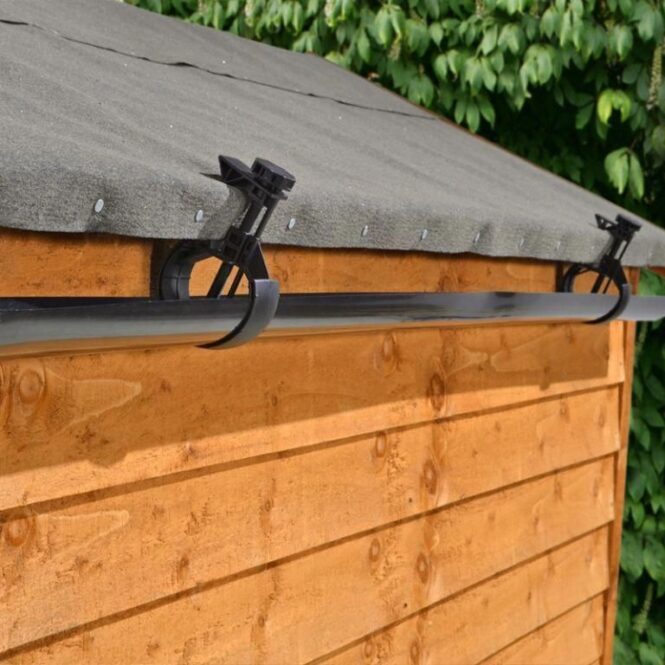
If your shed has gutters, clear them. Your shed gutters are just as important as your house’s so don’t skip the job just because you don’t live in there. Second-hand water damage from a shed roof can be just as destructive as an overflowing house roof. What’s more, clogging up your drain pipes with muddy leaves will impact your overall drainage system making your home more prone to flooding.
4. Ensure Your Drainage System is Working
Following on from the gutters, it’s essential to have a working drainage/stormwater system. It’s probably the last thing you want to do after a spot of bad weather – but clearing out old muck and debris from the down-pipes and drainage system will be your best bet at keeping the water levels at bay next time round.
5. Know Your Shed Wind Area Rating
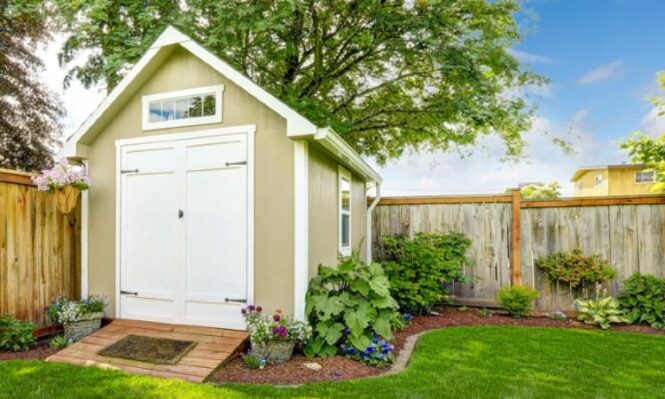
The what? Yes, your wind area rating. This measurement gauges how strong winds can get in your local area and dictates important regulations about shed safety and structural integrity. Wind area ratings are designated by your local council and are a key part of your shed’s design and weather rating.
Because sheds are generally made out of lightweight steel cladding and are often standalone structures – they are prone to be lifted off the ground in cyclonic winds. If you’re not sure your shed is built up to standard or want to find out more – make sure you check in with a qualified shed builder in Perth.
6. Use Waterproof Paint
Ensuring your exterior cladding is up to standard is vital in keeping the rain at bay. Waterproofing your walls and roof is a great way of keeping your shed durable throughout the winter and waterproof paint is the ideal way to tick off this box. With virtually endless colours on the market, why not get creative with your design and sure up your shed exterior in the process.
7. Board Up Windows During The Wet Season
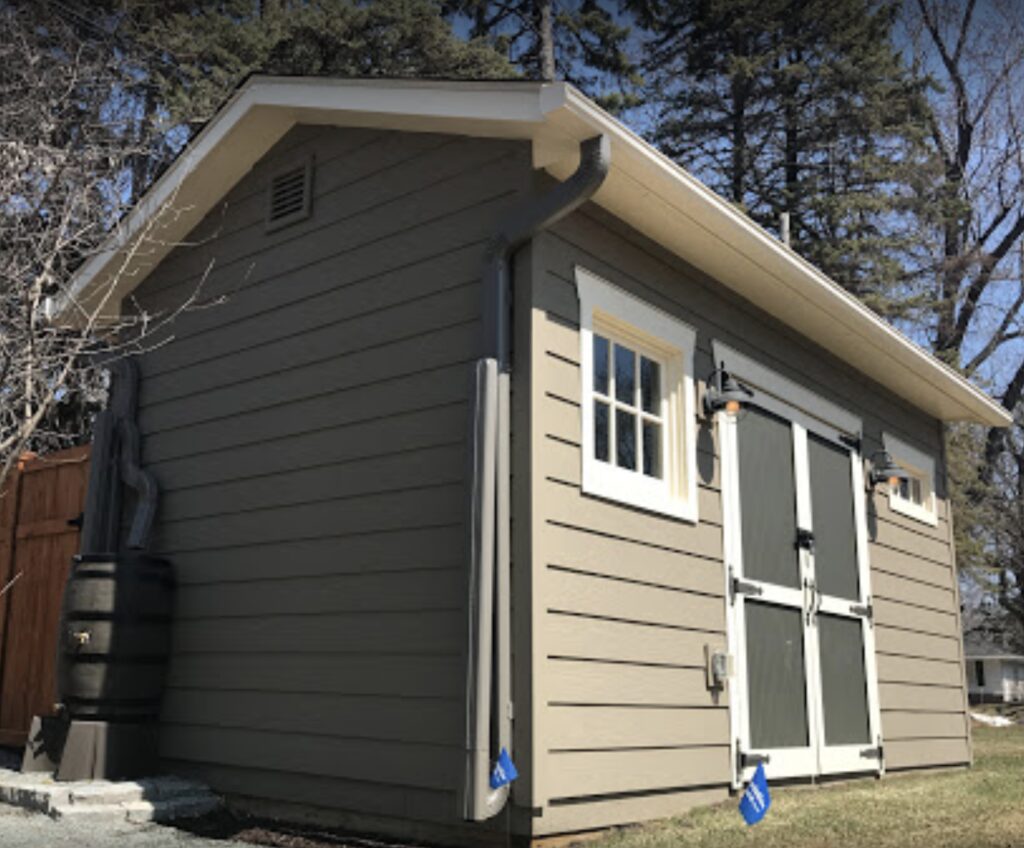
Flying debris, falling branches, or a heavy hailstorm can cause large damage by breaking windows and letting the rain pour through. While there’s no need to go full bunker-style on this, it is handy to know that your windows are safe from any intrusions caused by serious weather.
8. Clear Away Tree Branches and or Other Hazardous Materials
Residential and backyard sheds are often close to trees or shrubs that could potentially break loose and cause damage to your shed’s structure. This is a common cause of leaks – and can put your belongings at risk of water damage. It’s also important to keep all large trees maintained and well clear of your shed’s exterior structure.
Prune back branches and ensure that all loose tables, chairs, and other backyard equipment are safely stowed during stormy weather. Doing this on a regular basis will be key in keeping your backyard disaster-free.
Building a Shed and Not Sure Where to Start? Get Advice From the Experts
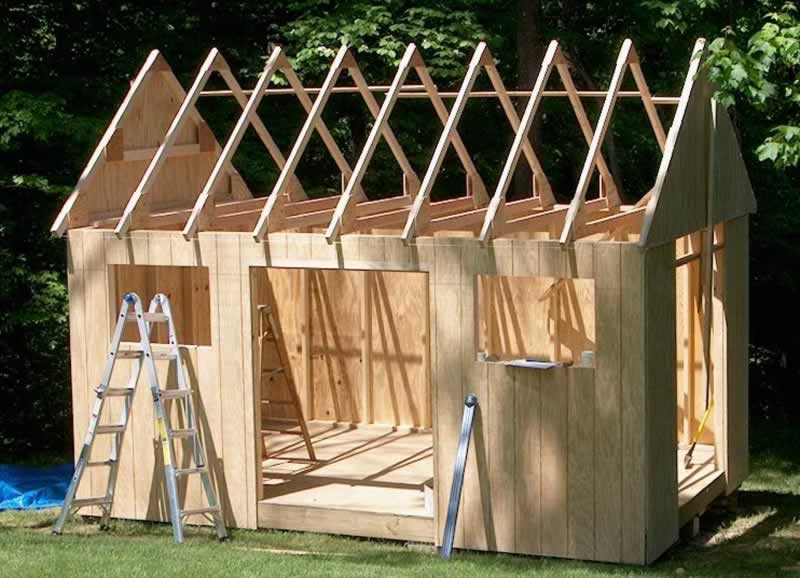
Not sure if your shed’s Perth storm ready? It’s better to be safe than sorry – make sure you’re aware of the dangers, risks, and how to get on top of them before the next rain hits.
Want to learn more about how you can storm-proof your shed this season? Get in touch with a qualified, local Spinifex Sheds Perth building company and get your shed weather-proof today.
 Imagup General Magazine 2024
Imagup General Magazine 2024
